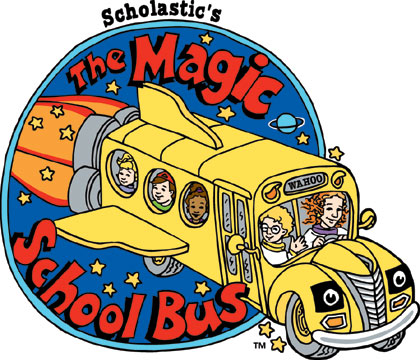By María Silvina Rago and Angélica Santi
“Hey Ferb, I know what we’re gonna do today!” says Phineas Flynn, one of the main characters in the TV series Phineas and Ferb. This line, simple as it is, originated an achievement in children’s programming and caught the attention of 10.8 million viewers when it was first broadcast as a preview on August 17, 2007. The series deals with the adventures of two stepbrothers, Phineas Flynn and Ferb Fletcher, who expect to get the most of their 104 days of summer vacation. Each episode depicts uncommon situations which occur in everyday contexts, performed by the intelligent yet sometimes impertinent stepbrothers. Combined with a great variety of musical rhythms, the result is a well-thought scheme, which can be the reason why this animated series has largely succeeded among children and adults.

Every day, they start an eccentric new project, being closely watched by their teenage sister Candace. Her misadventures while trying to bust them constitute a parallel subplot in the show’s storyline. But towards the end, everything vanishes magically or ends up in destruction before their mother can find out what Phineas and Ferb have been up to.
To add even more spice to the story, the authors thought it necessary to include another subplot. In it, the boys’ pet, Perry the Platypus, has a life of its own. He’s a secret agent for an animal organization and fights against a lunatic scientist called Dr. Heinz Doofenshmirtz, whose primary goal is to take up the tri-state area, which is the place where Phineas and Ferb live.
Humour, as in most of cartoons, is the basic tool the series creators, Dan Povenmire and Jeff Marsh, use to make the story a success. Each episode is full of gags, jokes and repeated lines. Their intention is not to write for children exclusively. They also try to have fun themselves, and believe that children can always have the opportunity to ask an adult when necessary[1].
One of the features that surely attract younger audiences is the visual aspect of the programme. The main brightly coloured characters are made up of geometrical shapes: Phineas’s head is a triangle, Ferb’s is a rectangle, and Candace and her friend Isabella are half circles. This has the clear purpose of facilitating the drawing of characters.
Making it even more appealing, the episodes devote some minutes to singing and dancing as in a musical comedy. There is no defined music style but a wide variety, from 16th-century madrigals to Broadway show tunes[2] . The catchy music is a key feature that engages kids, teens and, why not, adults.
What might have also made the show so popular among older audiences is the constant mentioning of old movies, TV shows or famous people from the past as well as endless pop cultural references – Star Wars, Star Trek, Indiana Jones, Frankenstein, James Bond and SpongeBob Squarepants, among the most mentioned. All inserted in the two eleven-minute segments of each episode.
“Hey, Phineas, What'cha doin?” is one of the running gags that provide a great deal of fun. The same fun the authors had when thinking about this project [3] and the same fun Phineas and Ferb look for when developing their extravagant ideas. This combination of comedy, mystery, mischief, wittiness, simple geometric graphics and lovely tunes is simply irresistible for children and the pop cultural comments definitely make adults look forward to joining them in watching it.
[1] Marjorie. "Phineas and Ferb: Music, Mischief, And The Endless Summer Vacation". 411 News. http://www.resource411.com/411Update/Issue/Articles/Story.cfm?StoryID=1020. Retrieved September 2, 2010.
[2] Strike, Joe. (February 1, 2008). "From Swampy & Dan Emerges Phineas and Ferb", Page 2.". Animation World Magazine. http://www.awn.com/articles/production/swampy-dan-emerges-iphineas-and-ferbi/page/2. Retrieved September 2, 2010.
[3] Strike, Joe. (February 1, 2008). "From Swampy & Dan Emerges Phineas and Ferb", Page 2.". Animation World Magazine. http://www.awn.com/articles/production/swampy-dan-emerges-iphineas-and-ferbi/page/2. Retrieved September 5, 2010.


































